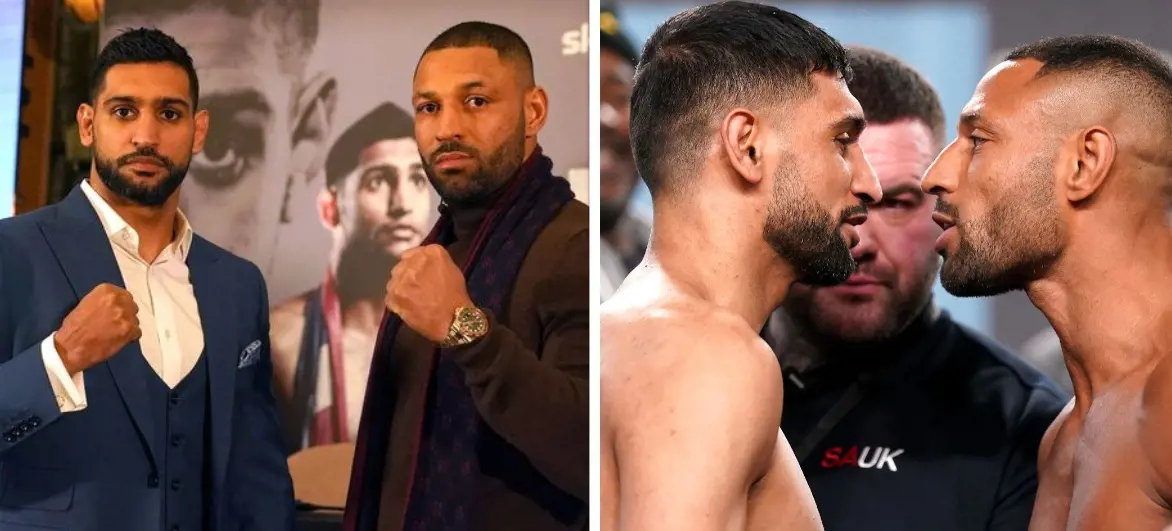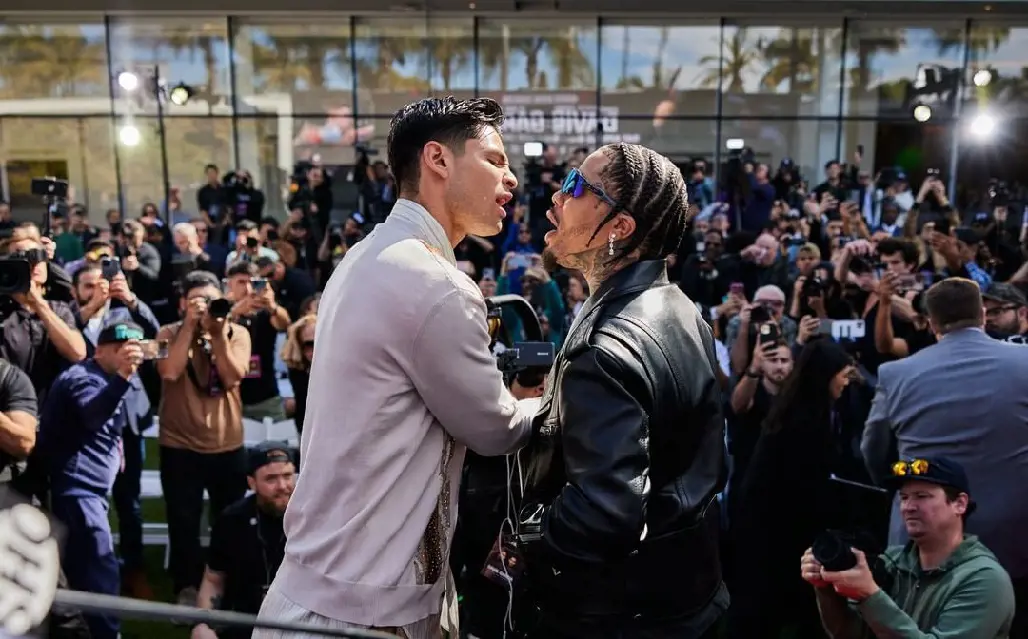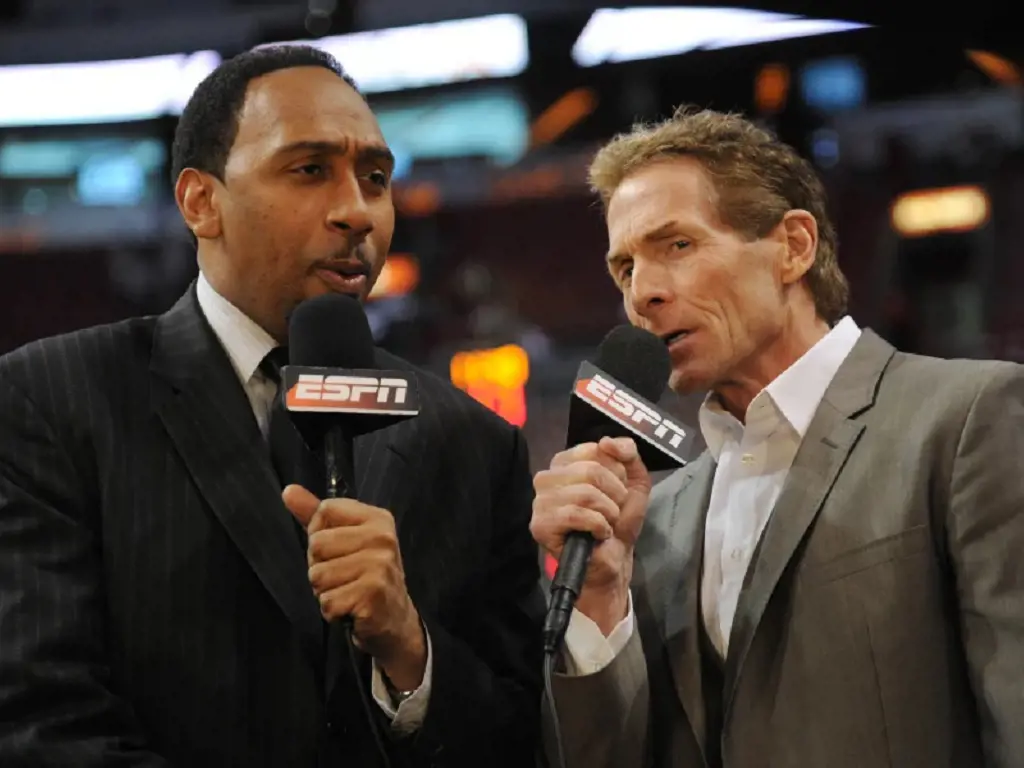Rehydration Clause meaning in boxing is a weight limit that a boxer is allowed to put on ahead of the main fight. It was applied in Davis vs Garcia bout.
As it is one of the rarest moments in pro boxing to opt for the two stipulations of catchweight and dehydration clause, the bout became the first one in history to do so. Gervonta picked up the victory with a KO in the seventh round of the most anticipated fight.
The non-title clash of Ryan Garcia against Tank Davis this year invoked the above rare clause, which they signed on not to weigh more than 10lbs over 136lbs on the morning of the fight.
A rehydration clause basically means one or both fighters involved in the bout cannot gain extra weight than the previously agreed upon weight bar. However, there is more to it than it seems.
The International Boxing Hall of Fame (IBHOF) looks after the WBC, WBA, WBO, and IBF matches and their moral grounds. Many of the big boxing matches are looked after by the organization to maintain the authenticity of a professional fight.
What Is A Rehydration Clause In Boxing?
A Rehydration Clause in Boxing dictates terms on how much weight a fighter is allowed to put back on ahead of the fight. The clause helps to ensure a fair fight.
For instance, a fighter weighs "x" amount of the weight on the weigh-in day, per their weight class. They are required not to weigh more than the weight limit.
And when the rehydration clause comes into the fight, the two parties agree on a certain amount of weight to fight in, typically not adhering to the traditional boxing weight class.
Hence, one or both fighters are allowed to rehydrate or gain more weight than their initial weight but not more than the number agreed upon during the second weigh-in that takes place on the morning of the fight.
No Rehydration Clause Criteria
A rehydration clause criteria prevent boxers from gaining an unfair advantage over their opponents. The clause requires to be strictly followed.

The eminent Tank vs. Garcia bout took place at a catchweight of 136 lbs with a 10 lbs rehydration clause for Ryan Garcia. Both boxers fight in the lightweight division.
Veteran's Minimum podcast confirmed that there would be a quarter million fine for each pound the boxers gained after the second weigh-in.
It takes thorough care of one's eating habits, practice, training, and even intake of water to be on track with a rehydration clause criteria.
Most boxing matches carry on with only the stipulation of a catchweight. A matchup of Chris Eubank Jr. vs. Conor Benn, titled Bom Rivals at a catch weight of 157 lbs, never happened.
Rehydration Clause UFC and MMA
Combat sports like MMA also practice the rehydration clause. MMA has a routine of organizing two official weigh-in ceremonies before fight day.
MMA has fourteen different weight divisions, unlike boxing's practice of seventeen traditional weight classes. UFC practices 12 divisions, while other companies, including Bellator and ONE FC, have only eight weight divisions.
Despite the strict rules, many problems arise when a fighter cuts weight, misses the scaling, and has abrupt health problems. Hence, the rehydration clause also made its way to MMA and has become a major part of it though its exercise is quite uncommon.
In regards to the rehydration clause practice, a fighter is given 24 hours to rehydrate and fight under the checkup by the promotion doctor. If they do not rehydrate, they are pulled out of their fight for good.
A difference in a fighter's weight puts on much weight strain and disadvantage on the fellow fighter. Hence, firm practice and administration should be practiced during this time.
MMA Weight Class Representation
However, as catchweight is quite uncommon in MMA and UFC, the practice of a rehydration clause is also low. There have been very few instances in MMA history where MMA fighters have opted for such a contract.
Therefore, a pro boxing bout is what a fight lover should tune into if they look forward to watching a fight with these preconditions.
Tank and Garcia's global fandom and the recent bout's popularity reach may soon start the use of such clauses more often in fights.
Catch Weight Meaning In Boxing
The term catch weight in boxing is described as a weight limit that does not fall within the traditional limits of a boxing weight class.
Both fighters agree on the weight for their scheduled bout to make a catchweight happen. An official contract paper is signed for this kind of match.

One of the many reasons to practice the ways of a catchweight is to make boxing content more interesting amidst all the weight freedom provided to a boxer along with its restrictions.
There have been many instances of catchweight in boxing, including the February 2022 bout of Kell Brook vs Amir Khan. Their bout was set at a weight of 149 lbs, and one had to pay a fine of £100,000 for every pound over the limit.
With the rise in viewership of pro boxing matches, the ones involving such clauses make up more news and views. The audience have been stunned by these prerequisites and the fighters' ability to maintain themselves under such pressure.






